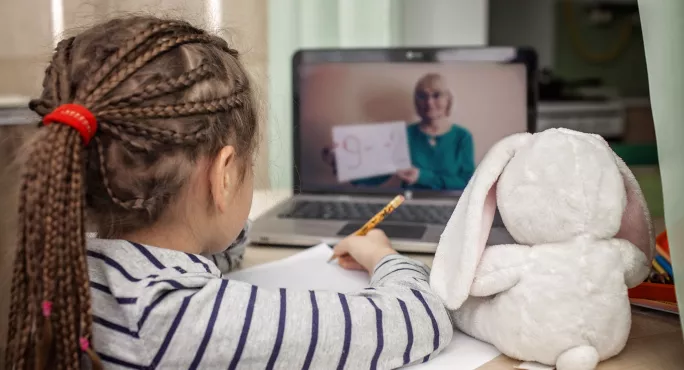Remote learning is back. We know much more this time around than last March and it is vital that we use everything we have learned, for the sake of our students.
At our large 11-18 academy, we think the key is to understand what happened to our newly remote learners and apply fixes to any barriers.
Coronavirus: learning from remote learning in lockdown
In May 2020, we carried out a short learning survey of all year groups. This identified what was going well and teased out what more was needed to improve distance learning.
The results revealed five types of learners, from themes that appeared across all age groups.
They are:
Type 1
These students made their usual progress and revealed no issues. They talked of having high motivation and their home environments were conducive to learning. They found a good balance between schoolwork, relaxation, sport and hobbies during school closure.
Type 2
These students were emotionally affected by not being at school. They missed their friends and teachers especially, finding that this reduced their concentration and thus work completion. They were also worried about the pandemic and anxious about its impact on their family.
Type 3
These students were enjoying not being at school but needed teachers and peers around them to ask or advise them about their work. They were aware and worried that they were not completing as much as if they were in school.
Type 4
These students switched off, figuratively and literally. They were not worried about school and were doing very little work. They did not have family members urging them to do anything and they did not respond to emails or other digital communications.
Type 5
These students experienced technological barriers to academic progress. These barriers came in many forms, with some students trying to access all work on their phones or sharing a single laptop with siblings or parents. Equally, poor-quality broadband connection or limited bandwidth was an issue for some. Some students were simply overwhelmed technologically and needed more training in person.
Bespoke approaches
In grouping the students in this way, we can begin to unpick our teaching and learning approaches so that we offer the right solution to the right students.
For example, some students will require extra training to be able to work from home, some will require more pastoral support, and some will require either additional technology to take home with them or work that does not rely on an internet connection.
All these issues we know far in advance and we need to put the plans in place now to remove all barriers to learning so that no student is left behind.
Belinda Ludlam is assistant headteacher and head of teaching and learning at a large 11-18 academy in Hampshire



